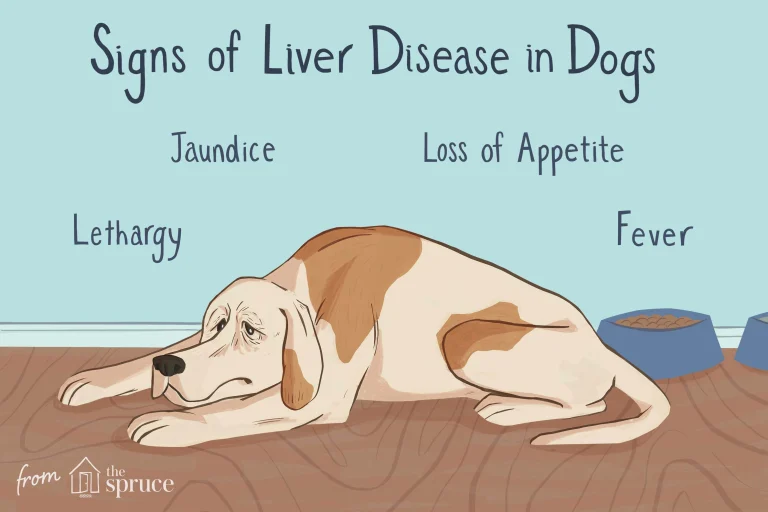How do You Keep Your Dog Safe During the Winter Season?
Winter is drawing near; therefore, caring for one’s pet is essential. Winter may also adversely affect dogs as it does people. In this in-depth summary, we shall discuss some valuable pointers for securing your puppy through the cold winter, paying attention to the essence and role of a puppy coat.
1. Understanding Your Dog’s Breed and Tolerance
Before diving into winter preparations, it’s essential to consider your dog’s breed and individual tolerance to cold weather. Breeds with thicker coats may be more resilient, while smaller or short-haired breeds might require extra protection. Understanding your dog’s specific needs will guide your winter care routine.
2. A Winter Wardrobe Must-Have
Investing in a high-quality dog jacket is paramount for winter safety. These jackets act as a protective layer against the biting cold and can significantly affect your dog’s comfort. Look for water-resistant, insulated jackets that cover your dog’s chest and abdomen. Ensure a snug fit without being too tight to allow for easy movement.
3. Signs of Cold Stress in Dogs
Dogs, like humans, can experience cold stress. It’s crucial to be aware of signs indicating that your dog might be too cold. These signs include shivering, lethargy, tucked tail, and seeking warmth. If you notice any of these signs, it’s time to bring your pup indoors or provide additional layers, such as a dog sweater or blanket.
4. Paw Protection

Winter walks often mean encountering icy sidewalks and roads treated with de-icing agents. These substances can be harmful to your dog’s paws. Consider using dog-friendly paw wax or protective booties to shield your furry friend’s paws from the cold and potential hazards.
5. Create a Cozy Outdoor Shelter
If your dog spends a significant amount of time outdoors, ensure they have access to a shelter that protects them from wind and snow. A well-insulated dog house with dry bedding provides a warm retreat during chilly weather. Regularly check the shelter for cleanliness and comfort.
6. Keep Your Dog Hydrated
Moreover, winter is characterized by cold temperatures and distinctive constraints for dog owners. It’s a known fact that one must stay well-hydrated, especially when the summers are hot and scorching. The same applies to colder seasons, such as winter, where most people ignore their need for water. This part will discuss the significance of maintaining a healthy water intake level in dogs during winter and outline ways to achieve this.
- Hydration Station Indoors:
If your dog prefers staying indoors during the winter, create a designated hydration station. Place water bowls in warm and accessible areas. Consider using stainless steel or ceramic bowls, as they are less likely to crack in freezing temperatures than plastic.
- Wet Food and Hydration:

Incorporating wet or moist food into your dog’s winter diet can improve overall hydration. Wet food contains more water than dry kibble, providing an additional source of moisture. Consult with your veterinarian to determine the appropriate balance for your dog’s diet.
- Recognizing the Winter Dehydration Risk:
Contrary to the widespread belief that dogs do not dehydrate in conditions like winter, dogs do get dehydrated under harsh climatic conditions during dry days and in the bitter cold. This dry, cold air turns out to be deceptive as it leaves someone with a sensation of dryness upon contact. They often go along with the household heating system in which they are simultaneously dried. Dogs that spend much time outdoors can also not consume cold water enough and suffer dehydration.
- Providing Access to Unfrozen Water:
In the cold period, especially during the winter season, one of the significant problems for any dog breeder is a constant and fresh running water supply. Within a few minutes of cold weather, the water bowls are frozen. Therefore, there is no water provision for your pet. For the outdoors, purchase heated water bowls or always fill the water before it freezes.
7. Adjusting Diet for Winter
In winter, dogs may require more energy for calories to burn. Discuss with your vet about altering your dog’s diet in this manner. A dog that is properly fed can endure winter conditions better.
8. Regular Grooming Routine
Maintain your dog’s grooming routine throughout the winter. Trimming excess hair can prevent ice and snow from collecting in their fur, ensuring they stay dry and comfortable.
Final Word
As winter settles in, incorporating these tips into your dog care routine will ensure your furry friend stays safe and warm. From investing in a reliable dog jacket to creating a cozy outdoor space, these proactive measures will make winter a season of joy and comfort for you and your beloved canine companion.






